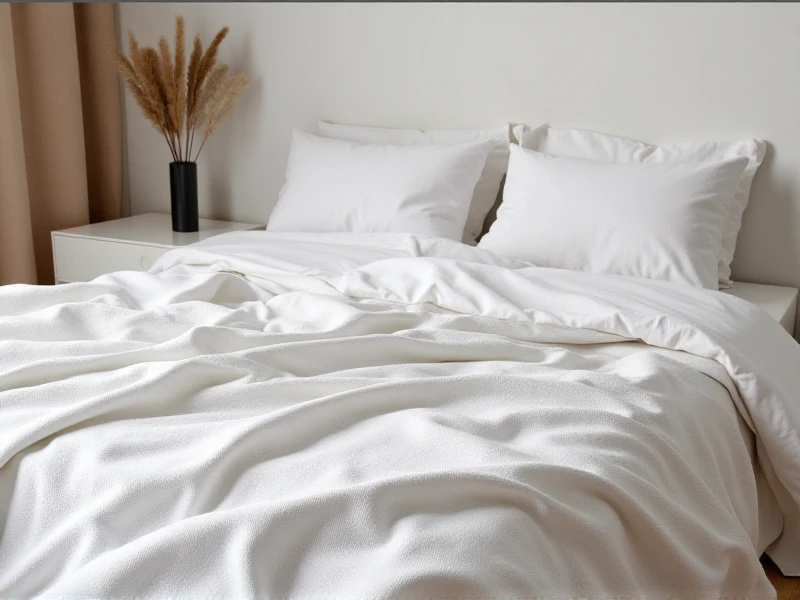The Rich Tapestry of Textiles: History, Types, and Modern Uses

Textiles have woven their way through human history, forming the backbone of civilizations and shaping our daily lives in countless ways. From ancient Egypt's fine linens to today's high-tech fabrics, textiles represent a fascinating blend of artistry, innovation, and practicality. This article dives into the diverse world of textiles, exploring their origins, key variations, and why they remain so essential today. Whether you're dressing for comfort, decorating your home, or supporting sustainable living, understanding textiles helps you make informed choices.
The story of textiles begins millennia ago when early humans started twisting natural fibers into simple threads. Techniques like weaving and knitting evolved, transforming raw materials such as cotton, wool, and silk into durable fabrics. These innovations not only provided warmth and protection but also fueled trade routes, like those of the historic Silk Road, which connected cultures globally. Fast forward to the industrial era, and innovations like powered looms revolutionized production, making textiles more accessible and affordable for the masses. Now, in the modern age, textiles continue to adapt, with synthetic fibers like polyester and nylon offering enhanced durability and versatility for various applications.
Today's market brims with an array of textile types, each with unique properties. Natural fibers like cotton and linen are prized for breathability, making them ideal for everyday clothing and lightweight apparel. Wool provides insulation for colder climates, while luxurious silk adds an elegant touch to fashion. Synthetic alternatives dominate in areas requiring strength and affordability, such as sportswear or upholstery. Industrial textiles also play a crucial role, utilized in products like medical bandages or automotive interiors. Beyond function, the aesthetic appeal of textiles—such as intricate patterns in ethnic weaves or vibrant dyes used in cultural art—adds beauty to everyday objects. As sustainability gains momentum, eco-friendly options are surging. Innovations include recycled textiles or plant-based materials that reduce environmental footprints, meeting consumer demands for greener choices in fashion and beyond.
Ultimately, textiles are far more than mere materials; they're integral threads in our social and economic fabric. Embracing their evolution helps us appreciate how something as fundamental as fabric connects us to tradition while driving future advancements. If you're exploring textiles for personal or professional projects, consider their rich legacy and diverse applications—it’s a journey worth weaving into your understanding. ( 398)